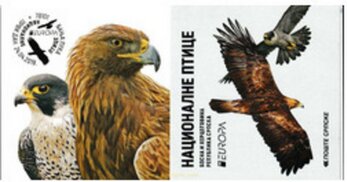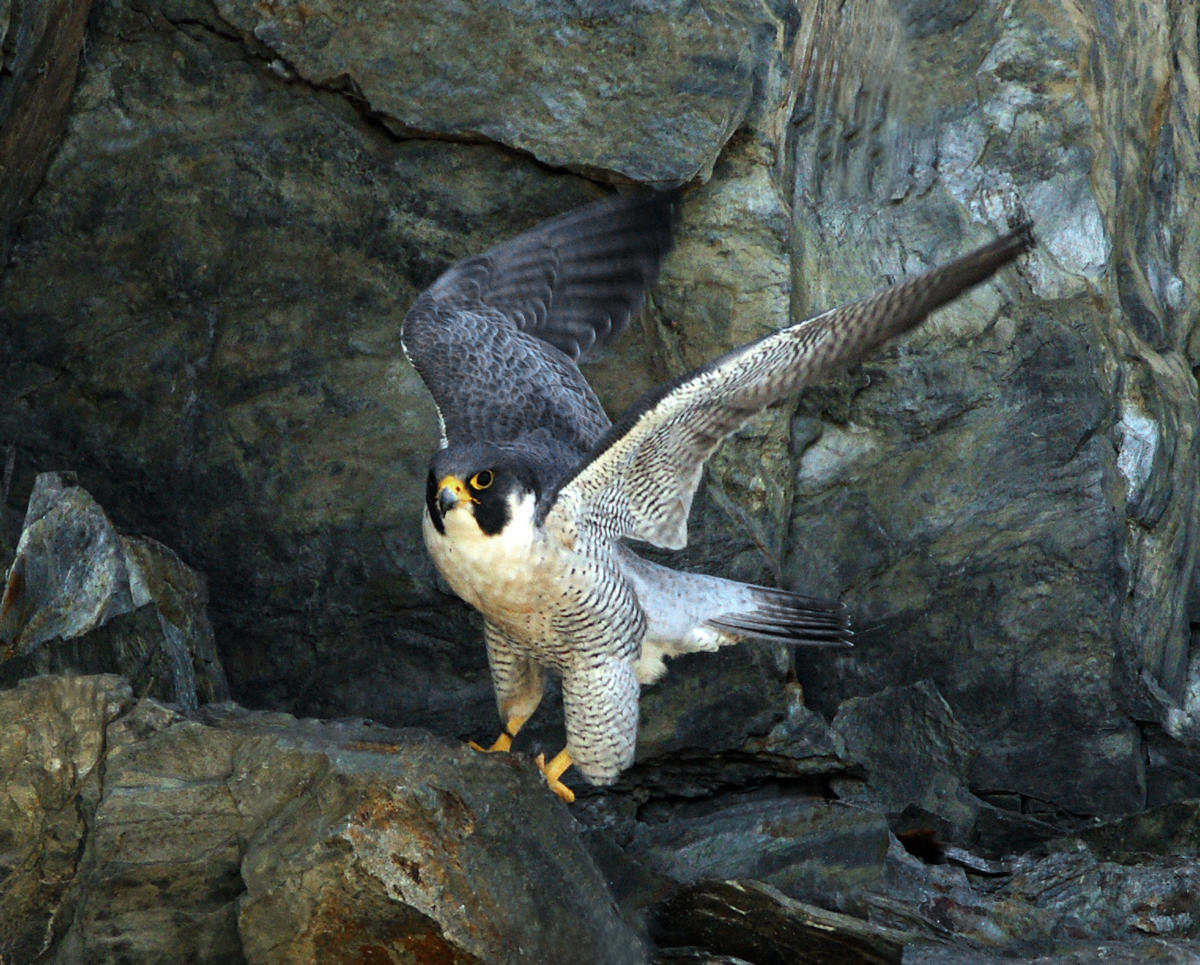Booklet: National Birds (Bosnia and Herzegovina, Serbian Admin 2019)
National Birds (Bosnia and Herzegovina, Serbian Admin 2019)
24 April (Bosnia and Herzegovina, Serbian Admin ) within release Europa (C.E.P.T.) 2019 - National Birds goes into circulation Booklet National Birds face value 9 Bosnia and Herzegovina convertible mark
| Booklet National Birds in catalogues | |
|---|---|
| Michel: | Mi: BA-SR MH22 |
Booklet is square format.
Also in the issue Europa (C.E.P.T.) 2019 - National Birds:
- Stamp - Golden Eagle face value 2.70;
- Stamp - Golden Eagle face value 2.70;
- Booklet - National Birds face value 9;
- Stamp - Peregrine Falcon face value 1.80;
- Stamp - Peregrine Falcon face value 1.80;
Booklet National Birds it reflects the thematic directions:
Birds (Aves), a subgroup of Reptiles, are the last living examples of Dinosaurs. They are a group of endothermic vertebrates, characterised by feathers, toothless beaked jaws, the laying of hard-shelled eggs, a high metabolic rate, a four-chambered heart, and a strong yet lightweight skeleton. Birds live worldwide and range in size from the 5 cm (2 in) bee hummingbird to the 2.75 m (9 ft) ostrich. They rank as the class of tetrapods with the most living species, at approximately ten thousand, with more than half of these being passerines, sometimes known as perching birds. Birds are the closest living relatives of crocodilians.
Birds of prey or predatory birds, also known as raptors, are hypercarnivorous bird species that actively hunt and feed on other vertebrates (mainly mammals, reptiles and smaller birds). In addition to speed and strength, these predators have keen eyesight for detecting prey from a distance or during flight, strong feet with sharp talons for grasping or killing prey, and powerful, curved beaks for tearing off flesh. Although predatory birds primarily hunt live prey, many species (such as fish eagles, vultures and condors) also scavenge and eat carrion
Eagle is the common name for the golden eagle, bald eagle, and other birds of prey in the family Accipitridae. Eagles belong to several groups of genera, some of which are closely related. True eagles comprise the genus Aquila. Most of the 68 species of eagles are from Eurasia and Africa. Outside this area, just 14 species can be found—two in North America, nine in Central and South America, and three in Australia.
Adult falcons have thin, tapered wings, which enable them to fly at high speed and change direction rapidly. Fledgling falcons, in their first year of flying, have longer flight feathers, which make their configuration more like that of a general-purpose bird such as a broad wing. This makes flying easier while learning the exceptional skills required to be effective hunters as adults.




